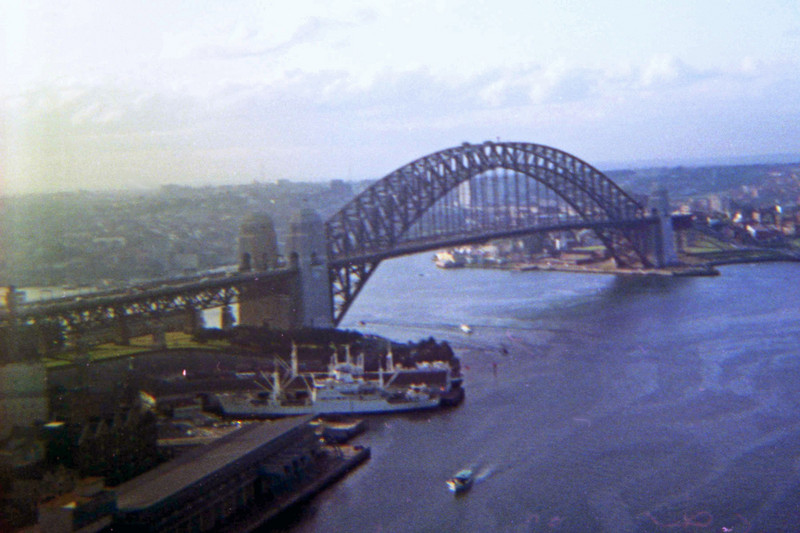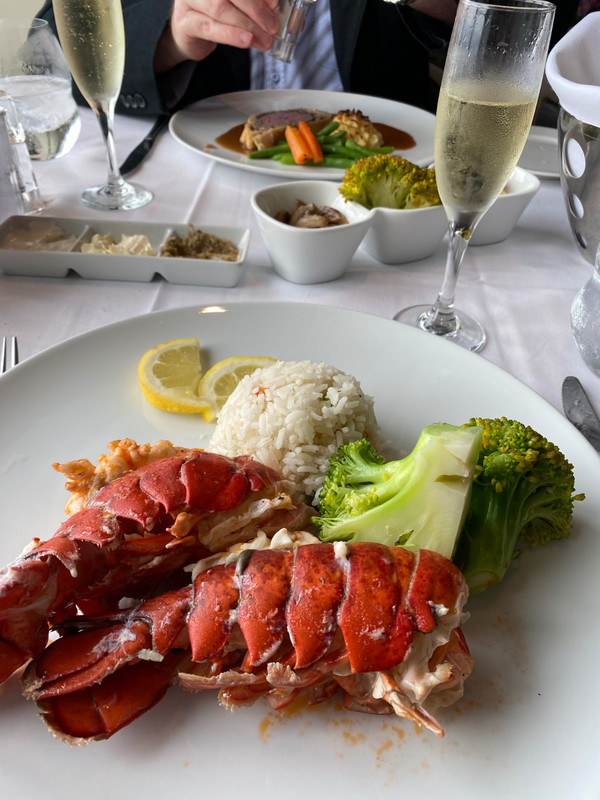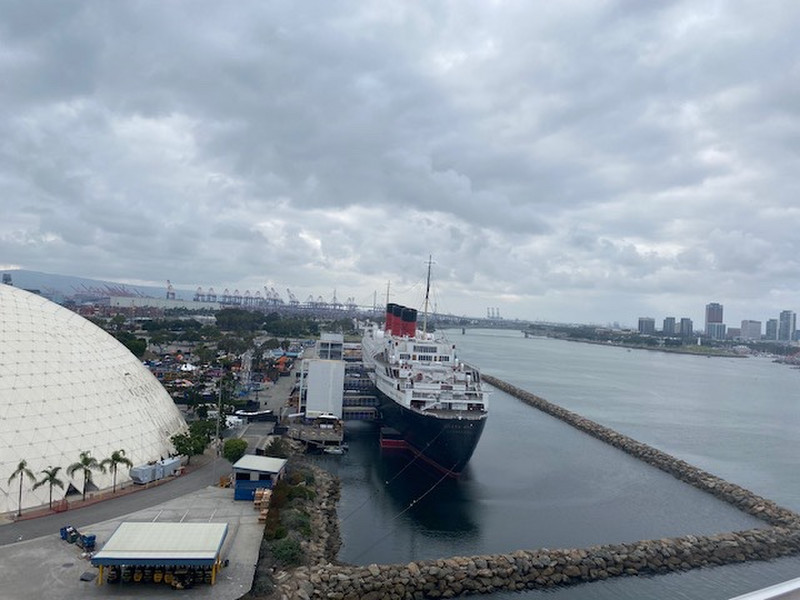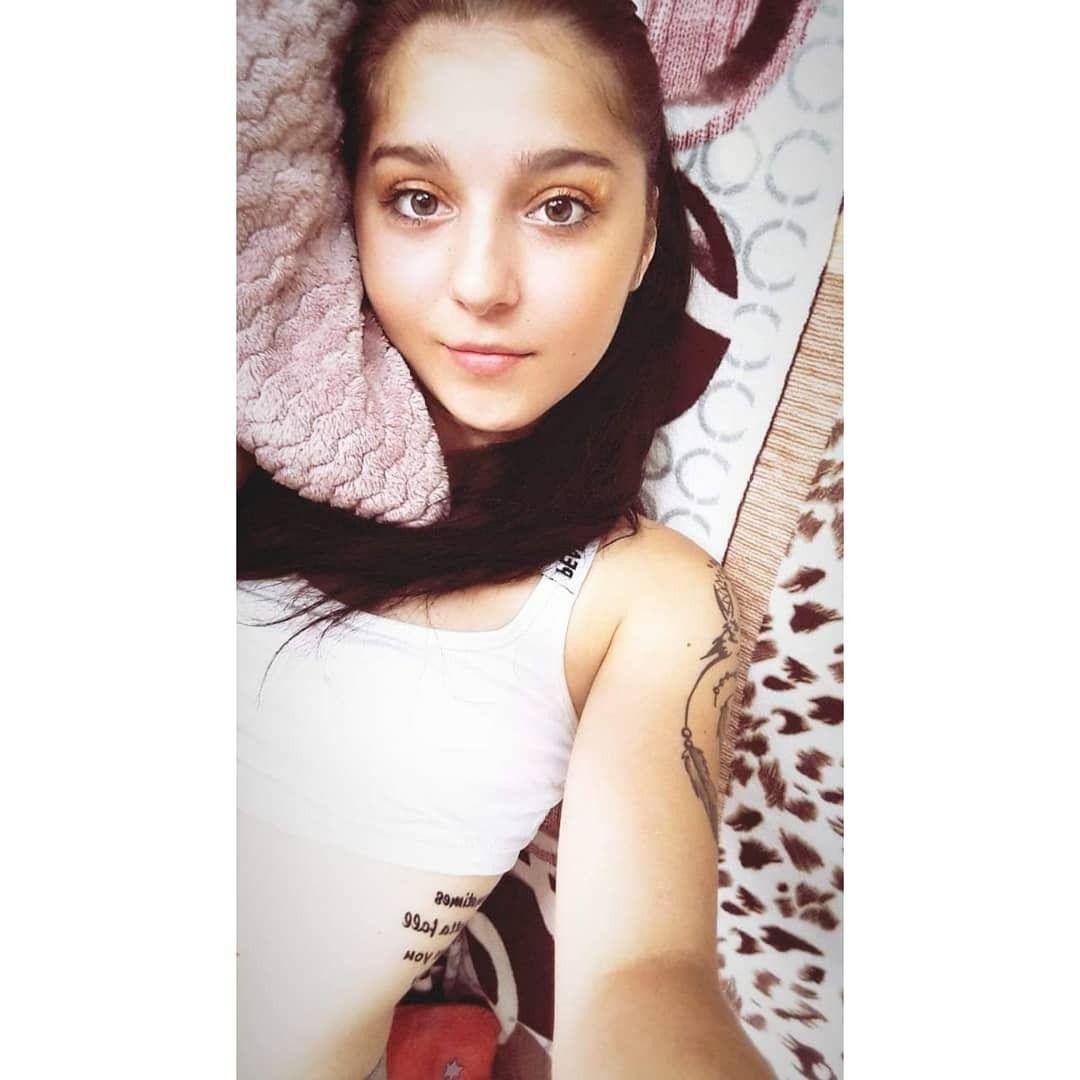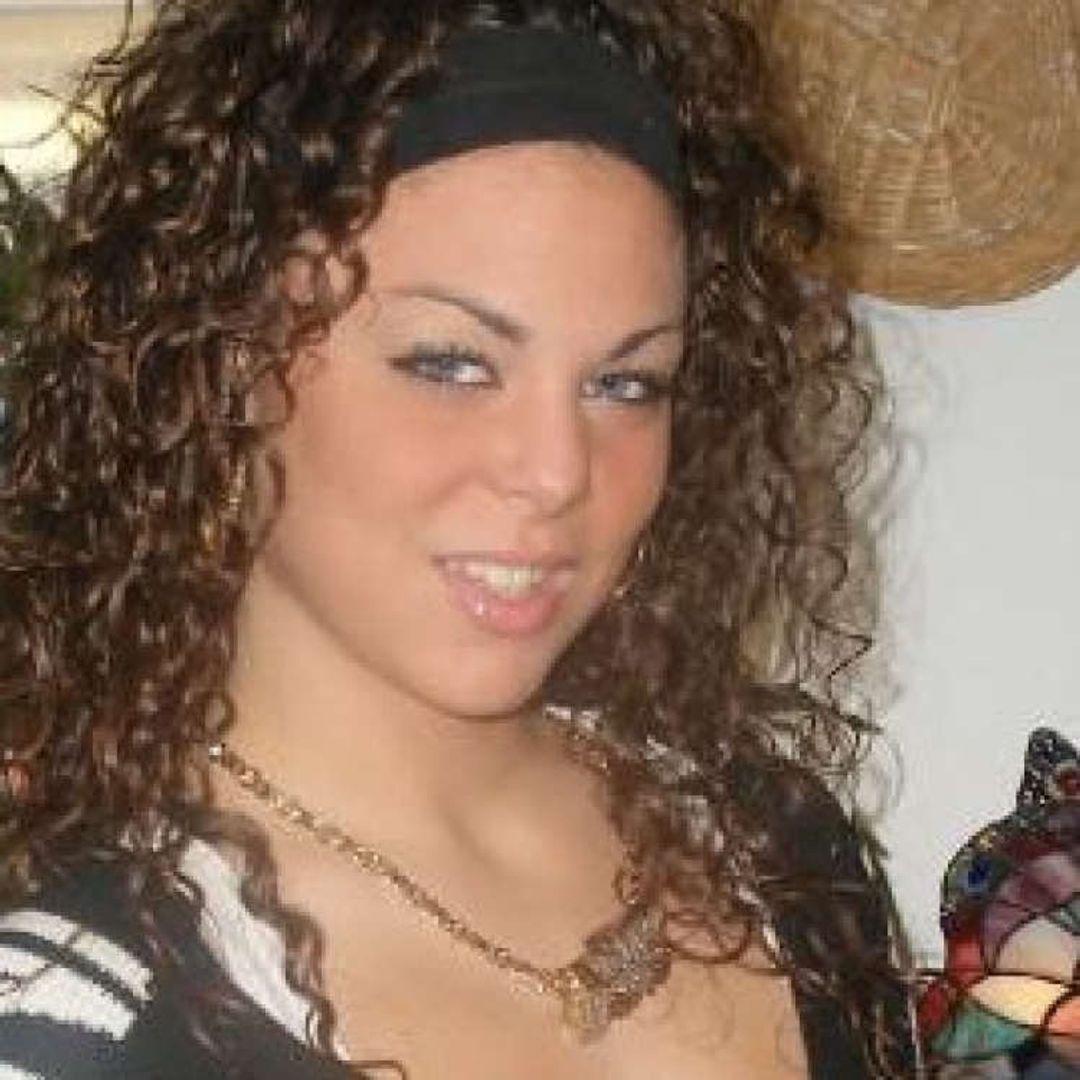Some 120 paces S.E. of the Blesi is the Strokkur (‘butter tub), an intermittent fountain 1912. DSC_1116
The Golden Circle is the popular name for a tour of Icelands most popular tourist destinations: Gullfoss waterfall, Geysir hot springs and Thingvellir National Park. (Baedeker in 1910 didnt call them that, but did list them as the top places to visit in Iceland!) They can all be visited in a day tour out of Reykjavik. Our Globus circle tour of Iceland began with these destinations.
Driving out of Reykjavik, the lava and moss landscape was similar to the drive in from Keflavik Airport. The landscape of Iceland proved to be a great contrast with that of Greenland, despite similar latitudes. There are trees and open fields in Iceland with farms, villages and wildlife, albeit punctuated with the every present lava fields covered in moss. (Visitors are reminded not to step on the moss. Trails and paths exist through the lava fields.)
Our first stop was at the Hellisheiđi geothermal power station to see the Geothermal Energy Exhibit. The plant uses geothermal energy to both generate electricity and provide hot water. About 85% of all houses in Iceland are heated with geothermal energy while geothermal power provides 25 per cent of Icelands electricity. (The balance of electricity generation is
Hellisheii Lava Plateau east of Reykjavik. The lava field formed during an eruption of Reykjafell in 1000. It is typical of the landscape between Reykjavik and Sellfoss, a moss covered lava field with a few trees and rolling hills. DSC_1050
hydro.) We learned that homes in Iceland do not need hot water heaters, as hot springs provide the hot water required. ON (Orka nttrunnar), an Icelandic electric operates the plant. It also supplies hot water to the Reykjavik metropolitan area. ON electric car charging stations are seen all over Iceland.
Next on the itinerary was the Geysir hot springs area. The Geysir Center is across the highway with a hotel, restaurant, snack bar and gift shop. Here we were treated with a demonstration of making rgbrau or hverabrau, an Icelandic rye bread baked underground in a milk carton. Again, Icelandic geothermal energy steps in. Ingredients are placed in a container, usually a milk carton today, and buried in a geothermal area. The heat bakes the bread. Trying a sample, I found it sweet with the consistency of banana bread. Toppings offered included cheese, smoked salmon and fried egg.
Across the highway lay the hot springs. There are a number of bubbling and steaming hot springs and mud pots here. A stream of very hot water runs alongside the path. Signs warn visitors not to touch it. Susan and i wondered if one could dip a mug
into the boiling stream and then add a tea bag! Strokkur geyser is active, erupting every few minutes. We waited a bit here and success! Afterward, we spent some time in the very hot gift shop.
From Geysir, the coach took us to Gulfoss waterfall. Gullfoss, meaning Golden Falls, is a waterfall on the Hvt River. The Hvt is a river of glacial water from the Langjkull glacier. A path leads down to the lowest tier of the waterfall, but we stayed up at the top tier for an overall view. At Gulfoss, we were in sight of the Langjkull glacier, the glacier in Iceland. Several glacier mobiles were in the parking lot at Gulfoss preparing to take adventure seekers out for a drive on the glacier itself. We had lunch at the Gulfoss snack bar and gift shop, a ham and cheese panini.
We now went to Thingvellir National Park. The Thingvallavatan Rift Valley is the meeting place of the North American and European tectonic plates. The territory is rugged and the uplift and split of the plates can clearly be seen. It was only with the understanding of the workings of tectonic plates that
the geology of Thignvellir was understood. Thingvellir, or rather Þingvellir, means Assembly Plain. Famously, the Alþing met here annually from 930 to 1798.


